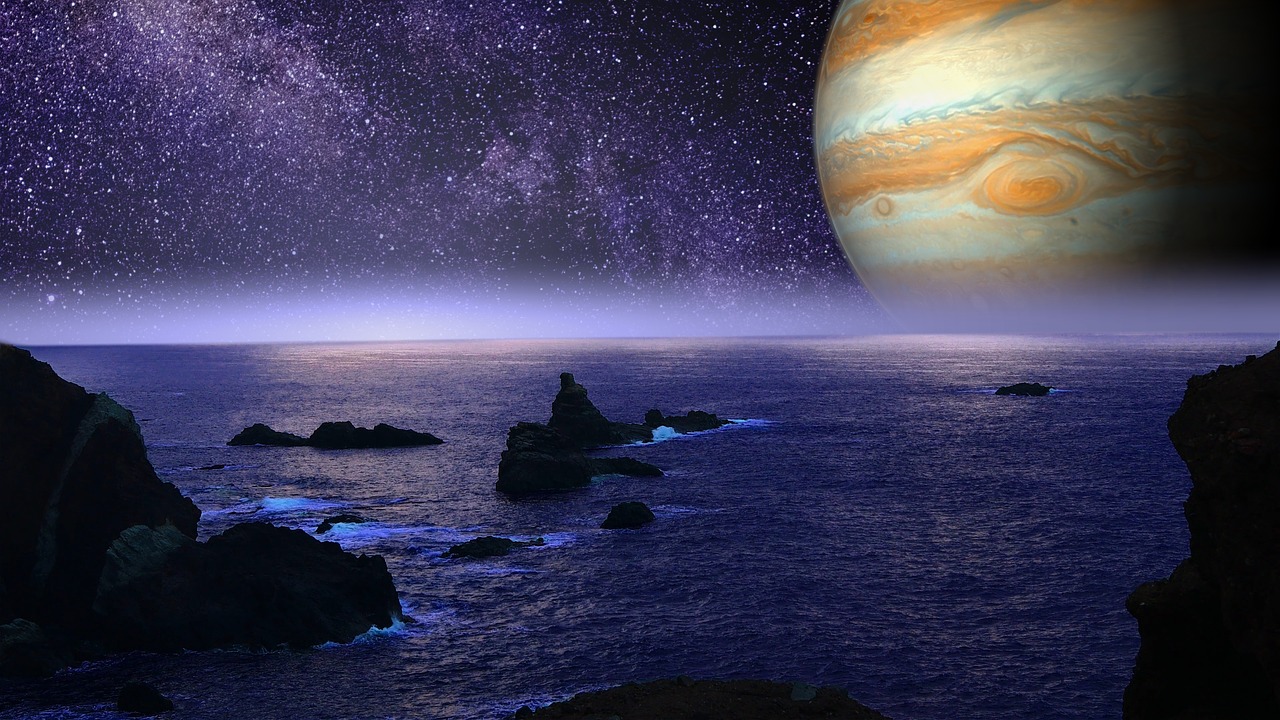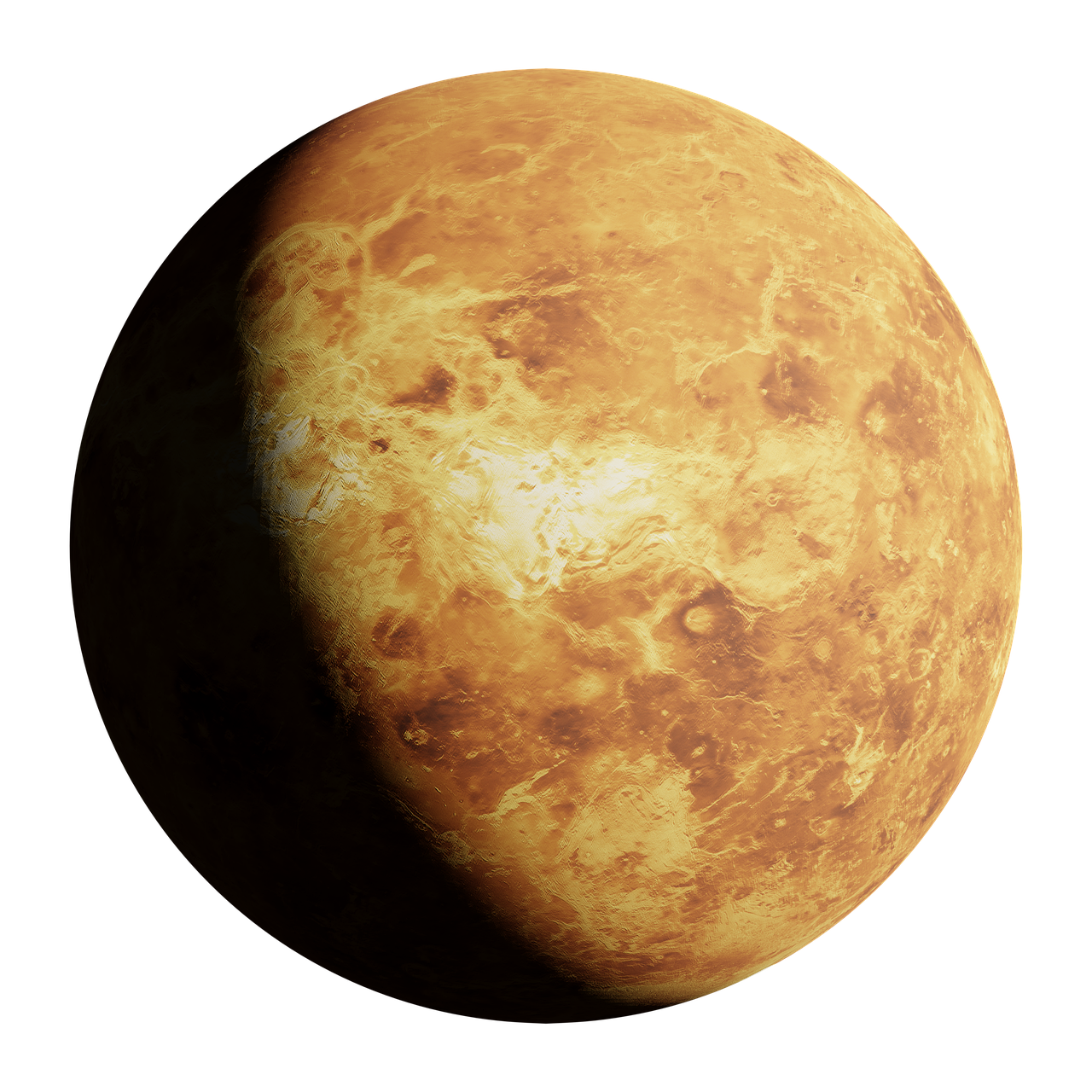research projects
Research Overview
Prof. Kaushik Mitra’s Laboratory for Experimental & Aqueous Planetology (LEAP) @ UTSA revolves around the search of habitable environments in the solar system. LEAP is interested in both instantaneous and continuous planetary habitability of terrestrial planets (Mars & Venus), relict water worlds (Ceres & Asteroids) and Ocean Worlds (Europa, Enceladus & Titan). While much of planetary science is done by observation and modeling, quantification of geochemical constants and verification of theoretical hypotheses require experimentation. LEAP’s research investigates geochemical processes occurring in planetary aqueous systems in (partially) closed, interior liquid water under the icy crust of ocean worlds and on (sub)surface water bodies on relict water worlds by employing a combination of laboratory experimentation, geochemical modeling, and field investigations. LEAP focuses on understanding the fundamental geochemical processes occurring at low temperature (and later high pressure) systems, characterizing the aqueous chemistry and their evolution, and providing geochemical constraints on habitability of the water worlds.
LEAP broadly aims at investigating geochemical processes in planetary aqueous systems using a combination of laboratory experimentation, geochemical modeling (thermodynamics, kinetics, and reactive transport), & field investigations.
The lab experiments conducted at LEAP are conducted in controlled laboratory environments to
(i) quantify unknown chemical parameters (~kinetics) in planet specific geochemical environments, and
(ii) test models and hypotheses proposed to explain planetary surface processes for water worlds.
The chemical parameters are then put to use in geochemical models using software packages [like the Geochemist’s Workbench (GWB), FREZCHEM], to simulate conditions tuned for different planetary systems unachievable in the lab. Additionally, LEAP has plans to get involved with future NASA missions (e.g, Europa Clipper, Mars Sample Return) and work on existing datasets from past missions [MER-A&B (Spirit & Oppy), Phoenix, MSL (Curiosity), M2020 (Perseverance)] as a participating scientist to analyze acquired geochemical data and planetary materials using statistical tools and Machine Learning (ML) techniques.
Finally, field investigations in planetary analog sites are conducted to acquire samples as experimental raw materials and to enhance our understanding of geobiological and geochemical processes.
LEAP’s research has three broad themes:
(1) Geochemistry of aqueous systems on the surface of Mars,
(2) Geochemistry of ocean and icy crust of Ocean Worlds, and
(3) Rates & products basalt weathering on Venus.
Click for detailed advertisement of projects: Lab for Experimental & Aqueous Planetology (LEAP)_Current Projects

Organic Matter Degradation during Mars Sample Return Mission
Mars is a halogen-rich planet and likely has an active and complex halogen cycle. Oxyhalogen species, like chlorate (ClO3-) and bromate (BrO3-), are major components of the halogen cycle and linked with redox sensitive elements (Fe, Mn) in the Martian sedimentary cycle. Chlorinated organic molecules detected on Mars were interpreted as products of high temperature pyrolysis experiments by the Sample Analysis at Mars (SAM) instrument on the Curiosity rover. Although the reaction of OM with oxyhalogen species could produce similar results, the reaction of organic compounds with oxyhalogen species at Mars-relevant conditions are unknown. The most important question is whether OM can be destroyed in closed sample catches by the highly deliquescent oxyhalogen species during Mars Sample Return mission. Oxyhalogen reactivity with organic matter will be investigated using lab experimentation in Mars-like surface conditions and oxidizing products will be characterized using state-of-art analytical facilities at UTSA and through current collaborations at ARES Division at NASA Johnson Space Center in Houston, Southwest Research Institute (SwRI) at San Antonio, and using Mars Chamber facilities at University of Arkansas.
Related article: Tosca et al., 2022 Astrobio.; Mitra, 2021 PhD. Thesis

Characterizing the Aqueous Systems of Europa & Enceladus
Liquid water is crucial for life as we know it. Ocean worlds, like Europa and Enceladus, have definitive proof of liquid water below an icy crust of unknown composition and thickness. Future NASA and ESA missions have been confirmed to probe the surface and subsurface of these ocean worlds. What is the chemical composition of the ocean and the icy crust? What water-rock interactions are dominant and what weathering processes occur in the ocean worlds? Did Europa and Enceladus host ancient aqueous environments conducive to early life? Answering these questions is crucial to unraveling the habitability and evolution of ocean worlds and acquiring preliminary geochemical understanding of the aqueous systems before the Europa Clipper Mission. This project will investigate the geochemistry of aqueous systems and the crust of Europa and Enceladus by performing lab experiments in the currently developing cold room chambers at UTSA and the Southwest Research Institute (SwRI) at San Antonio. SwRI proudly houses world class experimentation and analytical instrumentation development facilities and multiple members on Europa Clipper Mission.
Related article:
Journaux et al., 2020 Space Science Reviews;
Phillips & Pappalardo, 2014. Eos, Transactions American Geophysical Union; Hendrix et al., 2019 Astrobiology;
Grasset et al., 2013 Planetary and Space Science;
Zolotov & Kargel, 2009 In: Pappalardo RT, McKinnon WB, Khurana KK (eds). Europa. University of Arizona Press, 2009, pp 431-457.

Project 3 Rates & products basalt weathering on Venus
An understanding of the geochemical and spectroscopic properties of the surface of Venus will be imperative to understand the data returned from upcoming missions of NASA (VERITAS, DAVINCI), ESA (EnVision), Roscosmos (Venera-D), and ISRO (Shukrayaan-1). The interpretation of the emissivity data returned by these missions critically depend on the correct understanding of the composition of surface materials, kinetics of rock weathering, and their measurements under specific P-T conditions and radiation environment. However, experimental data under Venus surface conditions are sparse. There is an immediate and dire need for conducting experiments in these extreme conditions in order to gain complete understanding and correct interpretation of spectroscopic data returned from the upcoming missions. The emissivity of surface materials on Venus are controlled by the FeO content of the rocks and by varying degrees of basalt weathering. Understanding the kinetics of iron oxide formation on Venus basalt is of considerable interest, both as an indicator of the reactions’ effectiveness in buffering atmospheric oxidation state (i.e., CO2/CO), and as a chronometer. I will use and collaborate with existing (and rapidly growing) facilities like The Glenn Extreme Environment Rig (GEER) and mini GEER at NASA Glenn Research Center, and the Venus In situ Chamber Investigations (vici) at NASA Goddard Space Flight Center, and the world’s leading high pressure FORCE Lab at Arizona State University.
Related article:
Glaze et al., 2018 Space Science Reviews;
Gilmore et al., 2017 Space Science Reviews;
Dyar et al., 2021 Icarus;
Zolotov, 2019 Oxford Research Encyclopedia of Planetary Science;
Teffeteller et al., 2022 Icarus; Filiberto et al., 2020 Science Advances
Previous Projects

Heterogeneous Alteration of Ferrous Minerals on Mars
I am conducting lab experiments and training undergraduate students to investigate the alteration of Fe(II)-bearing minerals (olivine, pyroxene, sulfides, carbonates, and smectites) by brines and characterize the products of alteration to understand the formation of secondary minerals (like sulfates, Fe oxides, nontronite) as observed by the Curiosity and Perseverance rovers on Mars.

Iron Oxide Formation by Oxyhalogens
I used a combination of laboratory experimentation and geochemical modeling to quantify the rate and products of iron (Fe) and manganese (Mn) oxidation by oxyhalogen species [(per)chlorate, bromate] in Mars-relevant conditions. The research sheds light on the formation of Fe and Mn oxides on Mars and therefore has close ties with the oxidizing nature of the Martian atmosphere and hydrosphere.

Halogen cycle and Oxygen on Early Mars
My research demonstrates that Mn oxides on Mars are evidence of an active halogen cycle and not unequivocal evidence of oxygen on Mars. I also challenge the popular opinion and show that oxygen is likely an implausible Mn oxidant on Mars. Therefore, the results from the manganese oxidation experiments has important implications for the paleoenvironmental reconstruction on early Mars.

Mars Analog Research in Deccan Traps
The basalts are heavily weathered and are excellent Mars analog sites owing to the current dry climate conditions and weathering patterns producing clay minerals, sulfate salts, iron oxides and oxyhydroxides similar to the Burns formation at Meridiani Planum, Mars. I reconstructed the geochemical evolution of the region that led to the formation of geochemical indicator mineral jarosite as well as two mutually exclusive clay minerals, kaolinite and smectite.
